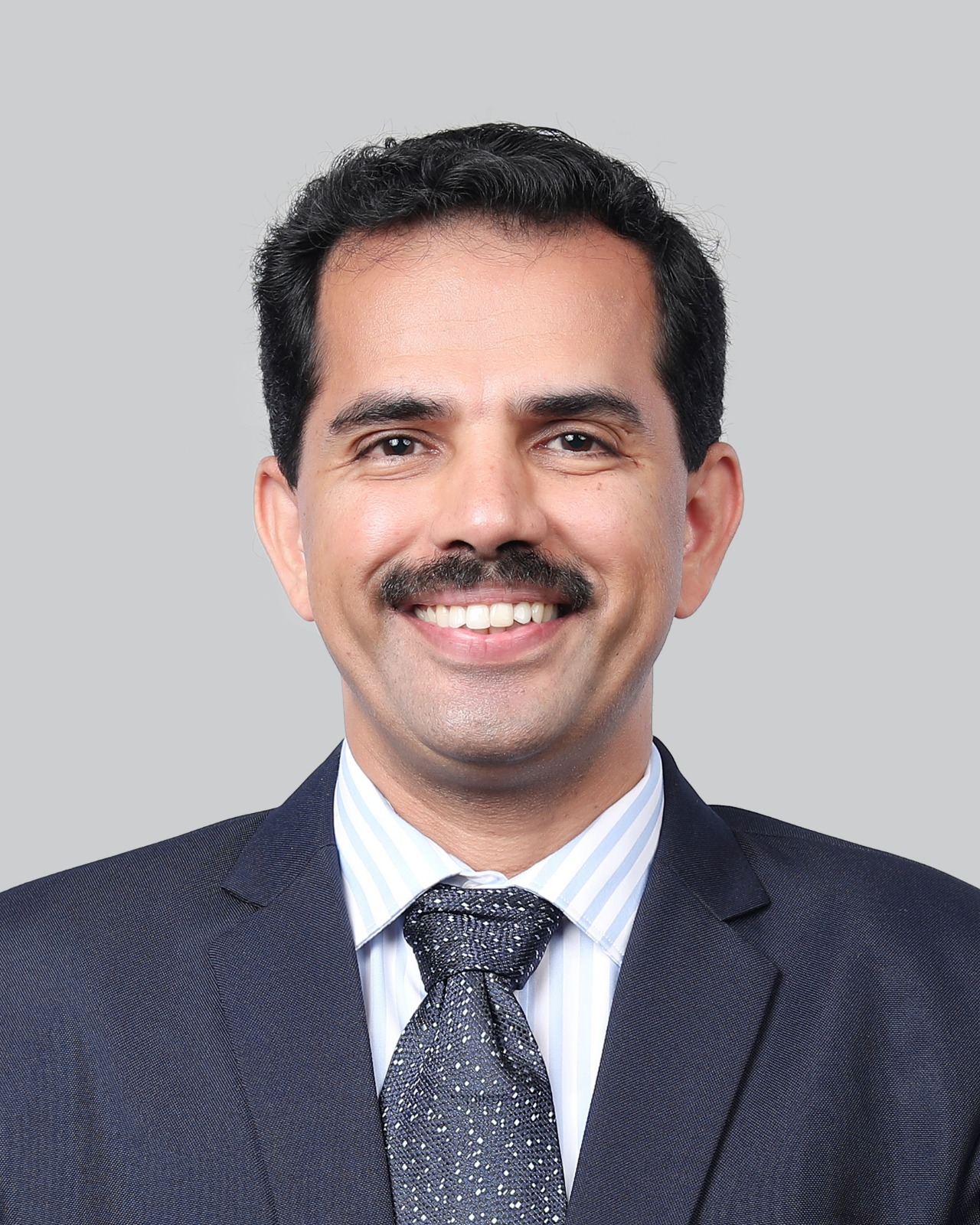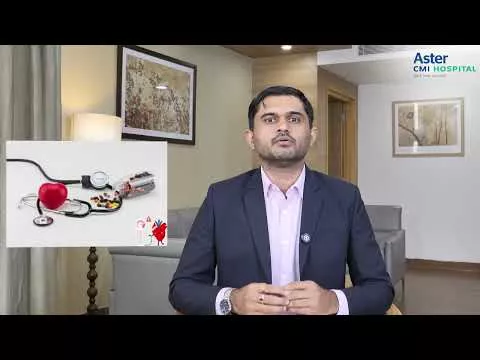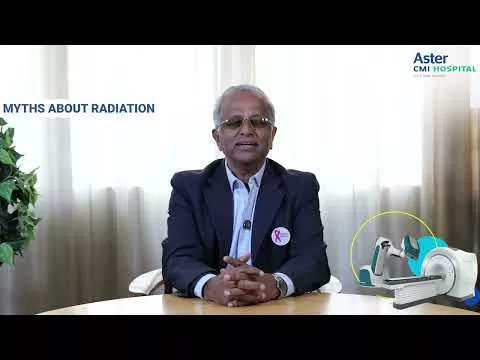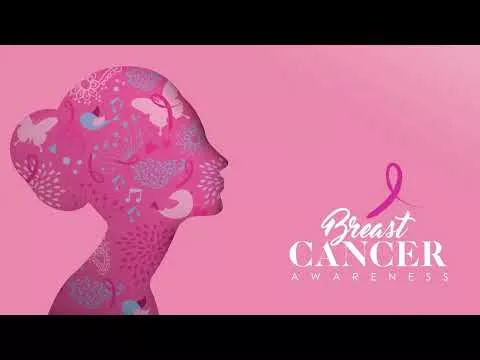Scoliosis is estimated to affect 2–4% of the global population, that’s over 2 million people in India alone. While it can occur at any age, it most commonly affects children and adolescents, often during growth spurts.
There are several types of scoliosis. The most common is idiopathic scoliosis, where the exact cause remains unknown. Other types include congenital scoliosis, caused by structural issues present at birth. Early detection is crucial, as timely treatment can prevent the curvature from worsening.
Signs & Symptoms: What to Watch For
Scoliosis may start subtly, but certain signs can point to the condition. Look out for:
• Uneven shoulders
• A noticeable curve in the spine
• Uneven hips
• Ribs that stick out more on one side
• Difficulty standing upright
• Back pain or lower back pain
• In more advanced cases, numbness or pain in the legs
If scoliosis becomes severe, it can even affect bladder or bowel function. This is why parents, caregivers, and teachers should stay alert to these signs. Early consultation with a doctor is key.
Diagnosis & Modern Treatment Options
A doctor may perform a physical exam and recommend X-rays or MRI scans to confirm scoliosis and plan the best treatment.
Treatment depends on factors such as the patient’s age, overall health, and the degree of spinal curvature. Options include:
• Observation: For mild curves, especially in growing children, regular monitoring ensures it doesn’t worsen.
• Bracing: In moderate cases, braces can help prevent further curvature.
• Surgery: Severe curves (typically over 40–50 degrees) may require surgery. Modern techniques like spinal fusion can effectively correct deformities and stabilise the spine.
Exciting advancements such as 3D-printed braces now offer more customized and comfortable options. Meanwhile, minimally invasive spinal surgeries mean smaller incisions, fewer complications, less scarring, and quicker recovery times.
Complementary treatments, including targeted exercises, physiotherapy, and chiropractic care, may also help manage pain and improve flexibility.
Looking Beyond the Physical
Scoliosis doesn’t just affect the body; it can also impact mental health and self-esteem, particularly in young patients. That’s why psychological support, counseling, and peer support groups play an essential role in holistic care.
The Importance of Awareness
Globally, the last Saturday of June is recognized as Scoliosis Awareness Day, observed by organizations like the WHO and World Bank. These campaigns aim to educate communities about scoliosis and the importance of early detection.
Investing in scoliosis research and spreading awareness at national and community levels can greatly improve diagnosis and treatment. By doing so, we help build a world where individuals with scoliosis can thrive without limitations.
Takeaway
Early detection and appropriate treatment of scoliosis not only relieve physical discomfort but also empower individuals to lead confident, active lives. If you notice any signs of scoliosis in yourself or your child, don’t wait, consult a specialist and explore the range of effective treatment options available today






